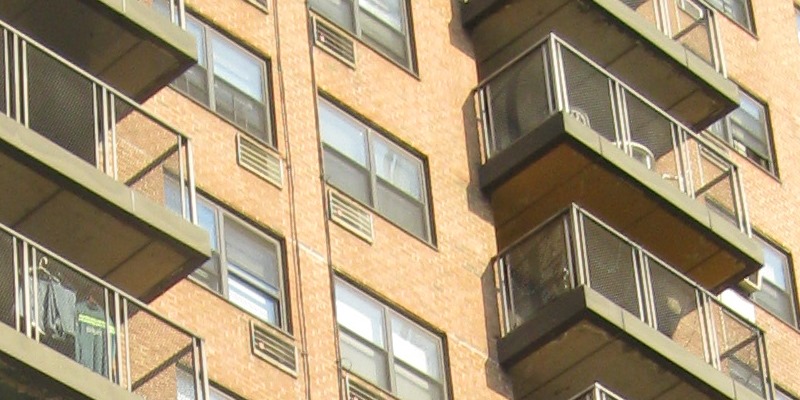Fewer vacancies bad news for Montreal renters

The Canada Housing and Mortgage Corporation (CMHC) recently published its annual Rental Market Reports for major cities including Greater Montreal. Despite maintaining its mantle as home to the cheapest rents among Canada’s largest metro areas (with Toronto and Vancouver as the two most expensive rental markets nationwide), Montreal is starting to show worrying signs.
Including a tightening rental vacancy rate. Across the Montreal census metropolitan area (CMA), the percentage of empty rental units dropped to 1.9 per cent in 2018, down from 2.8 per cent in 2017. For context, the Canada-wide rental vacancy rate fell to 2.4 per cent in 2018, from 3.0 per cent in 2017.
Why does this matter? Because, in a growing region such as Montreal, more would-be renters bidding on fewer available units means rents go up, and more modest income-earners get crowded out while growing businesses might have more trouble finding workers. Indeed, average rents grew by 2.5 per cent since 2017, amounting to about $30 more per month.
So what can Montreal do to reverse this trend?
At its heart, a low vacancy rate indicates insufficient supply relative to demand. As such, it’s incumbent on city hall and borough councils to enable the construction of more rental housing. One way of encouraging new rental units is zoning. By amending local zoning bylaws to allow for additional units (either through additional height or larger building footprints), apartment developers can expect greater rental income relative to the initial cost of land, in turn making them more likely to build.
Another way of making rental development more attractive is to stop the disproportionate taxation of apartment buildings, relative to smaller residential structures. In some Montreal boroughs, property tax rates for residential structures with six or more units surpass rates for smaller structures. Though also found in other cities (such as Toronto), this practice is puzzling since there’s a strong case that higher-density building types consume less local infrastructure per unit. Even if these differences are marginal, rental development feasibility depends far more on long-term factors (such as property taxes) than is the case in owner-occupied housing development, making rental development more sensitive to such differentials.
Montreal remains the least expensive place to rent among Canada’s largest cities. This is a tremendous advantage not just for renters but for growing industries seeking workers. To help maintain this advantage, and reverse the city’s shrinking rental vacancy rate, Montreal City Hall and borough councils should encourage more rental construction by relaxing zoning and implementing fairer property tax rates.
Author:
Subscribe to the Fraser Institute
Get the latest news from the Fraser Institute on the latest research studies, news and events.

